Country United States | ||
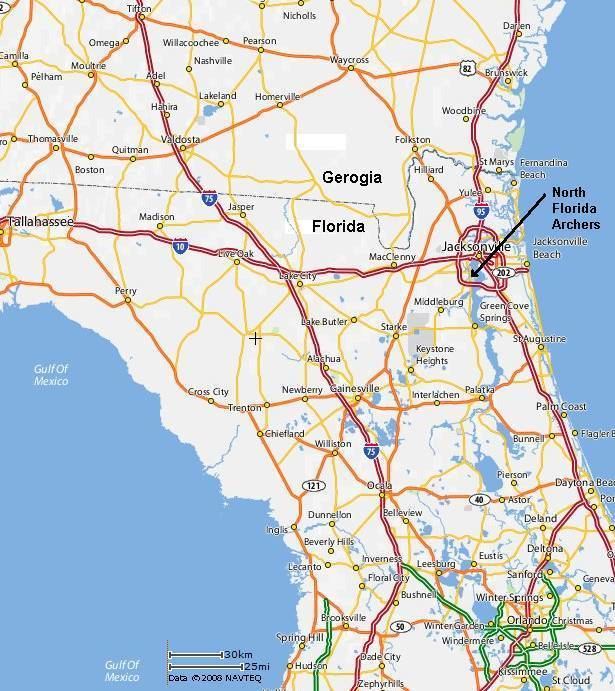 | ||
Cost of living in north florida
North Florida is a region of the U.S. state of Florida, comprising the northern parts of the state. It is one of Florida's three most common "directional" regions, along with South Florida and Central Florida. It includes Jacksonville and nearby localities in Northeast Florida, an interior region known as North Central Florida, and the Florida Panhandle.
Contents
- Cost of living in north florida
- Florida accent north florida cracker accent
- Area
- Culture and attributes
- Cities
- Regions
- National Monuments and other federally protected areas
- Public institutions
- Private institutions
- Research institutions
- References
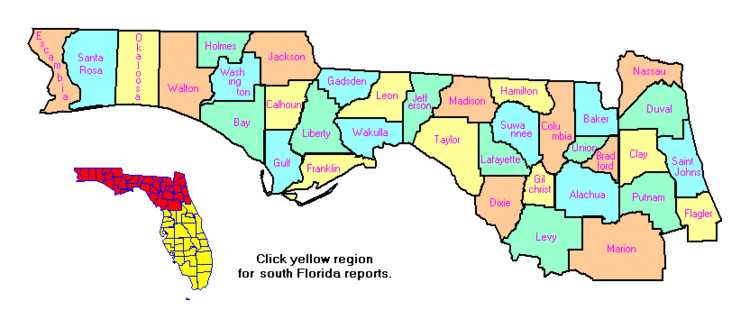
Florida accent north florida cracker accent
Area
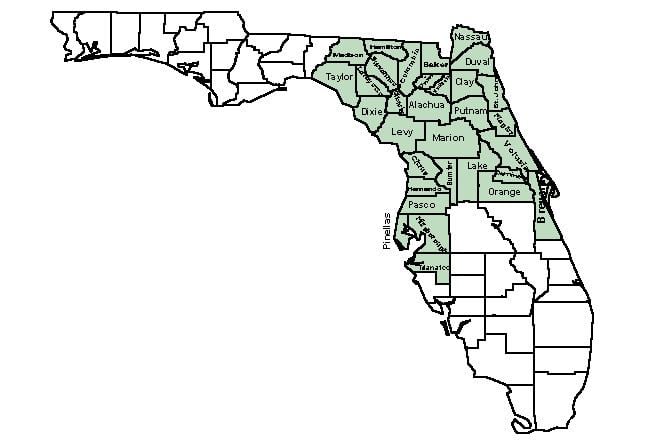
As with many vernacular regions, North Florida does not have any officially designated boundaries or status, and is defined differently in different sources. A 2007 study of Florida's regions by geographers Ary Lamme and Raymond K. Oldakowski found that Floridians surveyed identified "North Florida" as comprising the northernmost areas of the state, including both the peninsula and the Florida Panhandle. Additionally, two localized "directional" regions had emerged: North East Florida, representing the area around Jacksonville on the Atlantic coast, and North Central Florida, comprising the central area. North Florida is one of Florida's three most common directional regions, along with Central Florida and South Florida. The region includes smaller vernacular regions, particularly along the coast, including the Emerald Coast and the Big Bend on the Gulf Coast and the First Coast and Halifax area on the Atlantic. Lamme and Oldakowski note that the directional region is more commonly used in the interior areas than on the coast.
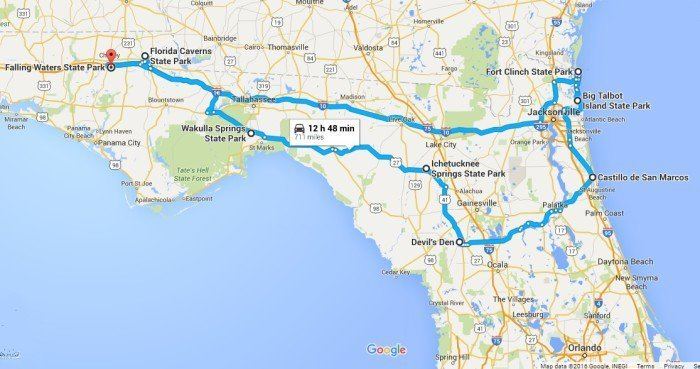
Enterprise Florida, the state's economic development agency, divides the state into three economic regions, used within the agency and other state and outside entities, including the Florida Department of Transportation. They identify three regions within the area identified as "North Florida" by Enterprise Florida: Northeast Florida, North Central Florida, and Northwest Florida (representing most of the Panhandle).
Culture and attributes
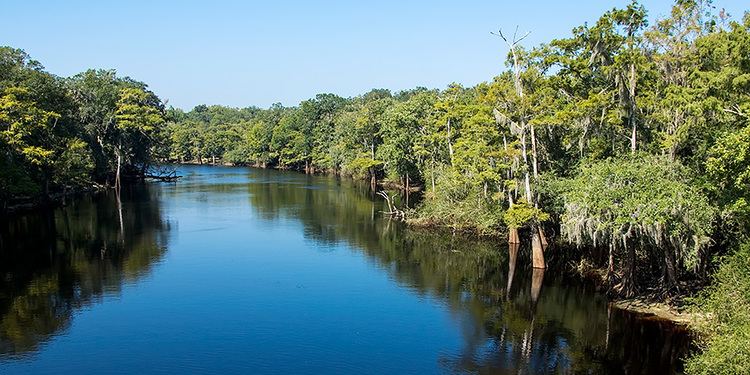
Lamme and Oldakowski's survey identifies several demographic, political, and cultural elements that characterize North Florida and distinguish it from other areas of the state. North Floridians considered their area to be part the South and "Dixie"; while Floridians from all parts of the state considered their area part of the South, people in more southern areas typically did not identify with Dixie. Additionally, residents of some parts of North Florida considered their area to be in the Bible Belt, while residents of other parts of the state did not.
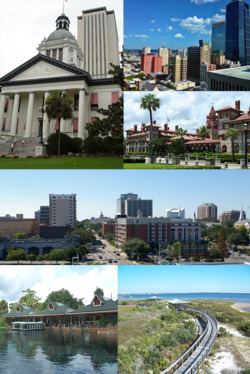
Politically, in contrast to Central Florida, where a majority considered their part of the state moderate, and South Florida, which was more liberal, residents of North Florida overwhelmingly (76%) considered their part of the state conservative; 16% considered it moderate and 8% considered it liberal. Lamme and Oldakowski's findings track with Barney Warf and Cynthia Waddell's studies of Florida's political geography during the 2000 Presidential election.
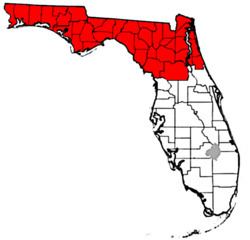
Lamme and Oldakowski's survey also found some cultural indicators that characterize North Florida. In general, North Florida was similar to Central Florida and differed from South Florida in these measures. In North and Central Florida, American cuisine was the most popular food, in contrast to South Florida, where ethnic foods were equally popular. Additionally, while there was little geographical variation for most styles of music, there was regional variation for both country and Latin music. Country was popular in North and Central Florida, and less so in South Florida, while Latin was less popular in North and Central Florida, and more so in South Florida.
Cities
Jacksonville is the largest metropolitan area in North Florida. Its cities include St. Augustine, Orange Park, and Fernandina Beach, this area is sometimes referred to as the First Coast. Other metropolitan areas include Pensacola-Ferry Pass-Brent, Tallahassee, Ocala, Gainesville, Crestview-Fort Walton Beach-Destin, Panama City-Lynn Haven, and Palm Coast. Important cities considered micropolitan areas include Lake City and Palatka.
Regions
The following regions are entirely or partly within Northern Florida:
National Monuments and other federally protected areas
Other areas under federal protection include Castillo de San Marcos National Monument, Fort Matanzas National Monument, Fort Caroline National Memorial, Gulf Islands National Seashore, and Timucuan Ecological and Historic Preserve. National forests occupy large sections of North Florida, including the Apalachicola National Forest, Choctawhatchee National Forest, Ocala National Forest, and Osceola National Forest.
Public institutions
State University System
State College System
Private institutions
(Partial list)
Research institutions
(Partial list)
